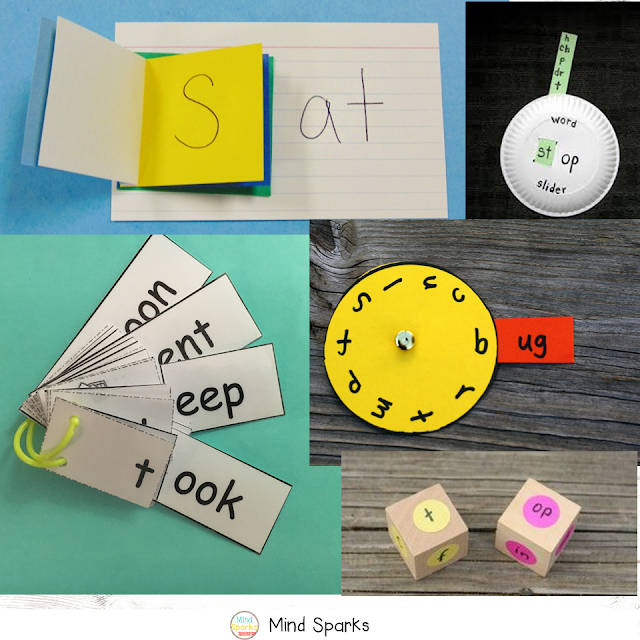Word family instruction is important! As I mentioned in What are Word Families & Why are they Important, word family instruction is a POWERFUL way to get kids reading and spelling!
If you are in need of a solid instructional routine to teach word families, check out How Do You Teach Word Families!
So, the next question is... what about the resources?
Before we dive in to materials, I found this quote from the article The Timing and Teaching Word Families by Dr. Francine R. Johnson to be quite helpful.
"The thoughtful use of materials with a high percentage of words with the same patterns as those taught in phonics lessons makes sense (Hiebert, 1998; Stahl, Duffy-Hester, & Stahl, 1998) as it increases the chance that children will make connections between the teacher-directed study of word families and their own encounters with words in meaningful contexts."
As teachers, if we carefully select resources which include directly taught phonics patterns, we will increase a students ability to decode unfamiliar text. We will be setting students down the path to reading success! Whoop!
So.....resources.....
In, How Do You Teach Word Families, I broke word family instruction down into four steps. Let's take a look at resources for each of those four steps.
Step 1: World of Sound (phonology)
I use poems, books, riddles, nursery rhymes and songs to introduce students to word families. Any resource will do, as long as you are selective in your choice. You will want to make sure the word family pattern you are introducing is used frequently in the text.
During step one, students are just **listening** for the word family pattern. No text, or spelling is introduced. Adding movement to this activity (raising hand, standing up, jumping, snapping, etc) every time a word family is heard will increase engagement.
Step 2: I Do (teacher modeling)
For the I do portion, I am attaching a symbol (grapheme or letter) to the word family. In this simple step, I will scribe out word family words on marker boards, chalkboards, magnetic letters, etc.
Another great resource for this step are Jack Hartmann's videos! Hartmann has TONS of free videos on his YouTube channel--and they are GREAT!
Step 3: We Do (word building)
Step 4: You Do (decodable text)
Application of word families in decodable text is SO IMPORTANT!






No comments:
Post a Comment